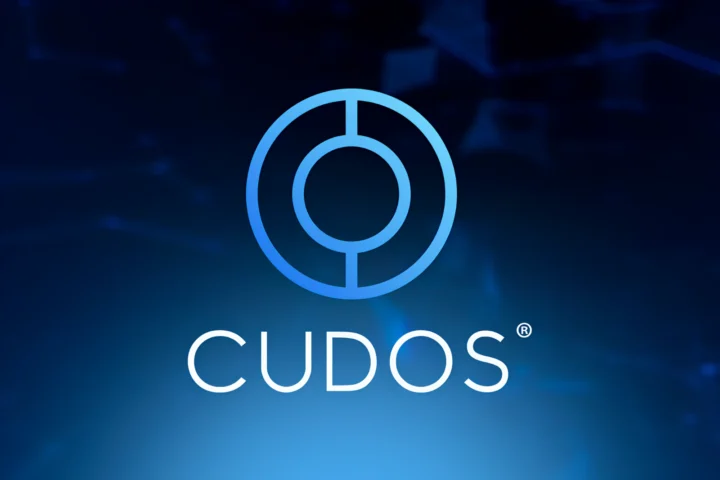Ethereum is a decentralized, open-source blockchain platform that enables smart contracts and decentralized applications (dApps). It’s one of the most popular and widely used blockchains, powering a wide range of applications, including DeFi, NFTs, and gaming. This article delves into the history, technology, features, use cases, and current status of Ethereum, providing a comprehensive overview for those seeking to understand this influential cryptocurrency.
History and Evolution
Ethereum’s journey began in 2013 when Vitalik Buterin, a young programmer and cryptocurrency enthusiast, envisioned a platform that could go beyond simple cryptocurrency transactions. He aimed to create a decentralized platform where developers could build and deploy smart contracts, enabling the creation of decentralized applications (dApps). Buterin, inspired by Bitcoin’s blockchain technology, published a whitepaper outlining his vision for Ethereum in 2013. The Ethereum Foundation was formed, and in 2014, a crowdfunding campaign called the “Ether” pre-sale raised funds for the development of the platform.
The Ethereum network officially launched in July 2015, marking a significant milestone in the evolution of blockchain technology. It quickly gained traction as developers flocked to build dApps on its platform, utilizing the power of smart contracts. Ethereum has undergone significant evolution since its inception. Notable upgrades include the transition from a Proof-of-Work (PoW) to a Proof-of-Stake (PoS) consensus mechanism, known as the “Merge,” completed in 2023.
This upgrade addressed issues like scalability, security, and energy efficiency, paving the way for further advancements. Understanding Ethereum’s historical upgrades, price trends, and future predictions can help investors navigate its complexities and potential tax implications. The Merge, a pivotal event in Ethereum’s history, marked a significant step toward a more sustainable and scalable future, showcasing its ongoing commitment to innovation.
Another notable trend is the increasing popularity of layer-2 scaling solutions, such as Optimism, Arbitrum, Base, Blast, Scroll and Mantle which aim to address Ethereum’s scalability limitations by processing transactions off-chain. These solutions offer faster transaction speeds and lower fees, making Ethereum more accessible for everyday use.
Ethereum Technology
Ethereum’s technology hinges on a robust and innovative architecture that enables the creation and execution of smart contracts; At its core is the Ethereum Virtual Machine (EVM), a virtual environment that interprets and executes smart contracts written in the Solidity programming language. The EVM acts as a universal interpreter, ensuring that smart contracts are executed consistently across the network. Ethereum uses a Proof-of-Stake (PoS) consensus mechanism, a significant shift from the Proof-of-Work (PoW) consensus mechanism used by Bitcoin.
PoS allows validators to secure the network by staking ETH, providing a more energy-efficient and sustainable approach compared to PoW. Ethereum’s blockchain, a distributed ledger, records all transactions and smart contract interactions, ensuring transparency and immutability. This distributed ledger is maintained by a network of nodes, which are computers running the Ethereum software, validating and verifying transactions. Ethereum’s technology is constantly evolving, with ongoing research and development focused on enhancing its scalability, security, and efficiency. Key initiatives include sharding, rollups, and account abstraction, aiming to address challenges related to transaction throughput, cost, and user experience.
Key Features and Capabilities
Ethereum stands out for its unique features and capabilities, enabling a wide range of applications and empowering developers to build innovative solutions. One of the most prominent features is the ability to execute smart contracts. These self-executing contracts, stored on the blockchain, automate agreements and transactions, eliminating the need for intermediaries and ensuring trust and transparency.
Ethereum’s native cryptocurrency, Ether (ETH), fuels the network. It’s used to pay transaction fees, known as gas, and to interact with smart contracts. The value of ETH is determined by market forces and is subject to fluctuations. Ethereum also boasts a vibrant developer community, creating a rich ecosystem of dApps and tools. This community actively contributes to the platform’s development, driving innovation and expanding its capabilities. Ethereum’s key features and capabilities make it a powerful platform for global coordination, enabling the creation of decentralized applications that can impact various industries, from finance to gaming to supply chain management.
Use Cases and Applications
Ethereum’s versatility and capabilities have opened doors to a wide range of use cases and applications, transforming various industries and pushing the boundaries of what’s possible with blockchain technology. One of the most prominent use cases is Decentralized Finance (DeFi). Ethereum powers a plethora of DeFi protocols, enabling users to access financial services like lending, borrowing, trading, and yield farming without relying on traditional intermediaries.
Non-Fungible Tokens (NFTs) have gained immense popularity on Ethereum. NFTs represent unique digital assets, ranging from art and collectibles to gaming items and domain names, offering a way to prove ownership and authenticity. Ethereum also plays a crucial role in the gaming industry, enabling the development of blockchain-based games with decentralized ownership of assets, in-game economies, and new gameplay mechanics. Beyond these prominent use cases, Ethereum finds applications in supply chain management, identity verification, voting systems, and more. Its ability to create secure and transparent systems has the potential to revolutionize various industries, making processes more efficient, secure, and accessible.
Ethereum Roadmap and Future Developments
Ethereum’s roadmap outlines a series of ambitious upgrades aimed at addressing key challenges and securing the platform’s future. These upgrades focus on enhancing Ethereum’s scalability, security, and user experience, paving the way for a more robust and sustainable ecosystem.
The Ethereum roadmap features several planned upgrades, including:
- The Surge: This upgrade aims to significantly enhance Ethereum’s transaction throughput by implementing sharding, a technique that divides the blockchain into smaller, more manageable segments. Sharding will enable faster transaction processing and reduce congestion on the network, contributing to a smoother user experience.
- The Verge: This upgrade focuses on streamlining Ethereum’s state management system, making it more efficient and scalable. The Verge aims to improve the network’s ability to handle a growing number of transactions and ensure a more consistent user experience.
- The Purge: This upgrade focuses on reducing the amount of historical data stored on the Ethereum blockchain, enhancing its efficiency and reducing storage requirements. The Purge aims to optimize the network’s performance and make it more sustainable in the long term.
- The Splurge: This upgrade focuses on enhancing Ethereum’s user experience by introducing features that simplify interactions with the platform. The Splurge aims to make Ethereum more accessible to a wider range of users, including those who are not technically proficient.
Beyond these specific upgrades, Ethereum’s roadmap includes ongoing research and development efforts to address emerging challenges and explore new possibilities. These efforts focus on topics such as quantum-resistant cryptography, privacy-enhancing technologies, and the development of novel consensus mechanisms.
The Ethereum roadmap serves as a guide for the network’s future development, outlining a vision for a more scalable, secure, and user-friendly blockchain platform. As Ethereum continues to evolve, these upgrades will play a crucial role in shaping its future and expanding its reach across various industries.










